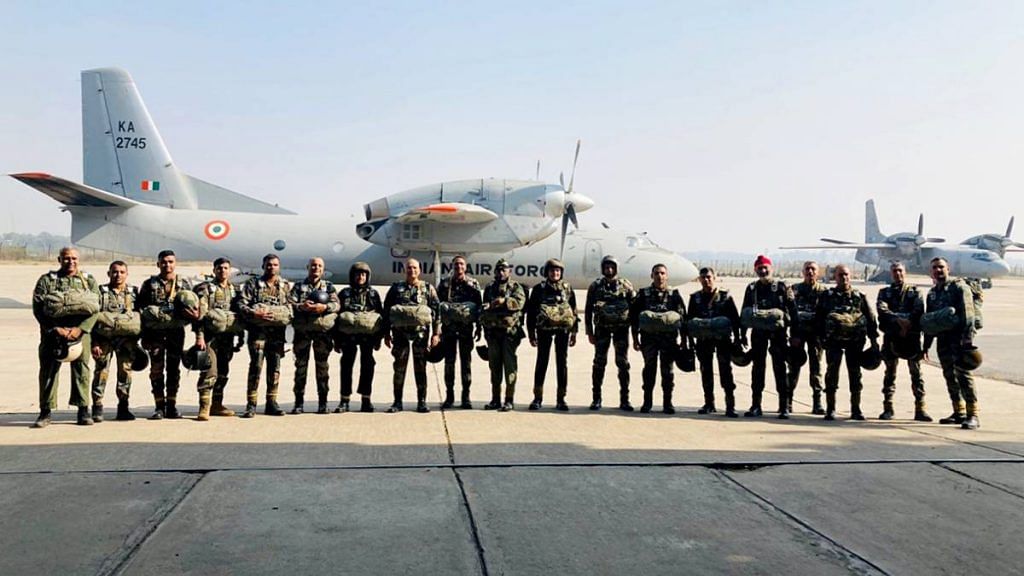New Delhi: In a paradigm shift for its logistics and fuel-supply chain management, the Indian Air Force (IAF) has tied up with the Indian Oil Corporation Limited (IOCL) for ‘Fleet Card — Fuel on Move’, for its fleet of vehicles that carry personnel, equipment and even bombs and missiles by road.
The fleet card — launched Monday by Air Chief Marshal V.R. Chaudhari at Delhi’s Subroto Park, the headquarters of the Western Air Command — will enable IAF vehicles to refuel at any IOCL station, rather than follow the current practice of refuelling at only Air Force stations.
IAF sources said that the new system will reduce travel times, rationalise costs, and optimise functioning.
The IAF would, till now, procure oil from various agencies and distribute the same within its establishments. The practice of IAF vehicles refuelling only at IAF stations often led to long, delayed, and expensive travel routes for the fleet, sources said.
Also read: Submarines, tanks, fighters, even basic rifles: Long list of Russian imports Indian forces use
Shortest routes now available to IAF
Sources told ThePrint that at present, any road movement of IAF vehicles was constrained by planning for refuelling stops at IAF stations.
Giving an example, the sources said that if an IAF convoy had to move from Delhi to Nal Air Force station near Bikaner in Rajasthan, stops had to be planned at IAF bases in Haryana’s Sirsa and Rajasthan’s Suratgarh, before finally reaching Nal.
This would lead to a long, expensive, deviating, and non-optimal journey.
“Now, with the fleet cards, the convoy can take the optimum route that takes the least time from Delhi to Nal, or between any other IAF stations and bases across the country. The shortest routes are now available,” added an IAF source.
The advantage of teaming up with IOCL allows the IAF to access the most extensive network of fuelling stations across the country, further rationalising and augmenting fleet movement, said IAF sources.
Economic benefits and combat preparedness
Sources said that with optimised fleet mobility, even combat preparedness will be enhanced significantly.
According to the sources, aircraft and resources that were tied down to fuel supply chain management, can now be used for other purposes, and be redirected towards operational and combative tasks.
This freeing up of assets will fall in line with the 2016 Shekatkar Committee recommendations for “enhancing of combat capability and rebalancing defence expenditure of the Armed Forces with an aim to increase ‘teeth to tail ratio'”.
All bombs and missiles of the IAF that were earlier transported through long road routes, which could cause severe problems during conflict, can now move more quickly, in both peace and conflict situations, the sources said.
They added that with the transition to the fuel card system, accounting systems will become far more simplified and paperless. This will enable the IAF to transition to a modern management system for its ground fleets, the sources said.
(Edited by Poulomi Banerjee)
Also read: ‘Cradle of warriors’, studded with distinguished alumni — RIMC turns 100 today
